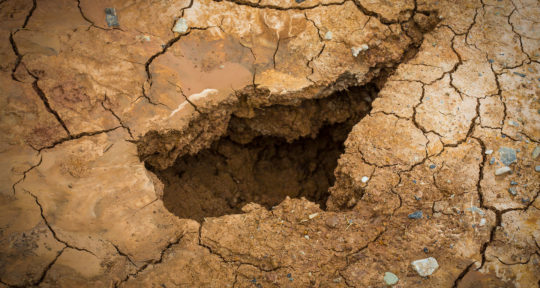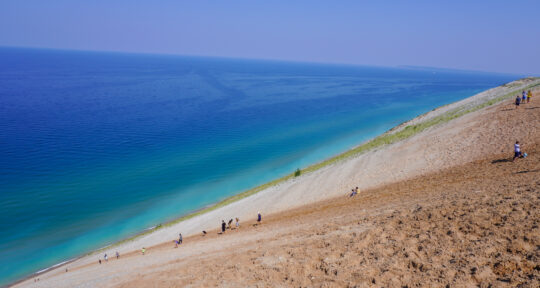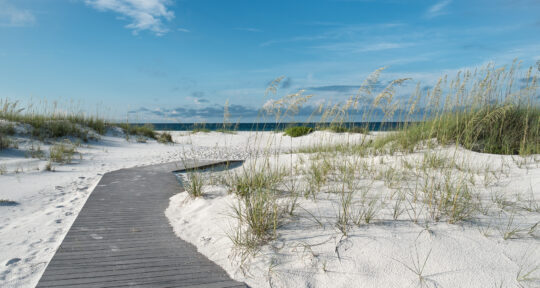My neck aches and I can’t take my eyes off the gigantic, hypnotizing coastal redwoods towering above me. As the tallest living things on Earth, with some exceeding 360 feet, these monstrous trees are more than 60 times taller than me and nearly twice the diameter of my body. I am hiking the Avenue of the Giants in Northern California, along a 32-mile self-guided tour through Humboldt Redwoods State Park. I can faintly hear the whirr of traffic in the background as vehicles rush through the forest and the occasional bird singing.
It’s a cold autumn day and the morning sun splinters through gaps in the multi-layered canopy above me, accentuating the deep shades of auburn; spiderwebs glisten in the light along the path ahead. I ponder the time it has taken for these precariously woven webs to be spun among the shrubs before visitors unwittingly destroy them in an instant. That’s the thing about nature though, it’s fragile: one second it’s there, and then it’s gone.
Some of the larger trees on this trail are between 800 and 1,500 years old. Back then, the forest I see before me today would have been unrecognizable. Even 300 years ago, it was drastically different. The Native Americans who once populated the area were displaced along with wildlife, and hundreds of thousands of acres of forest were cleared to make way for highways, housing, and commercial forests.
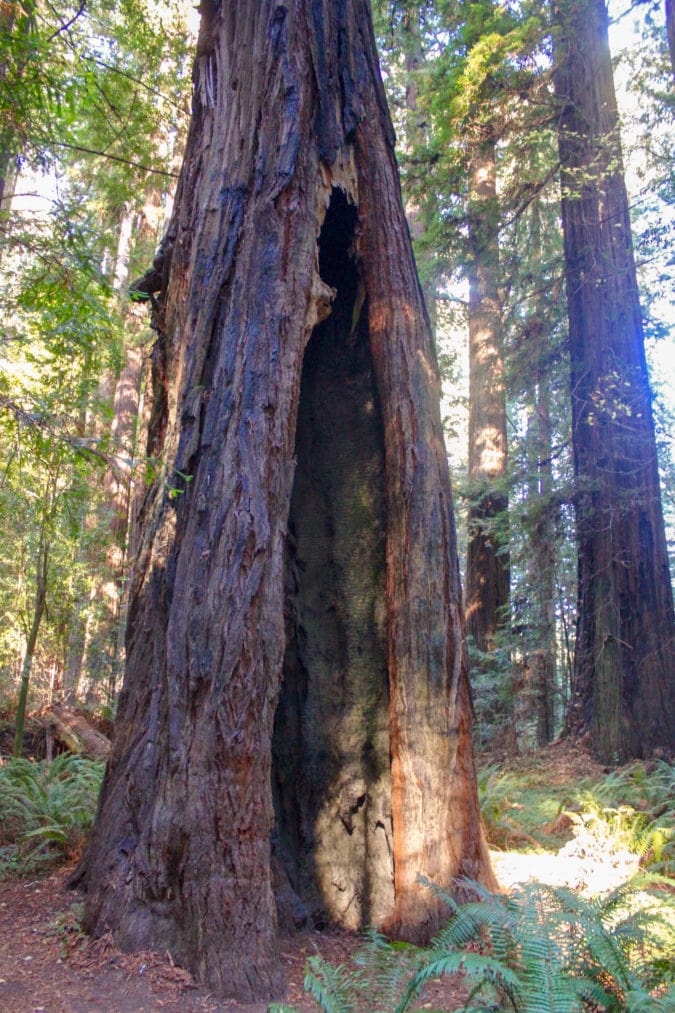
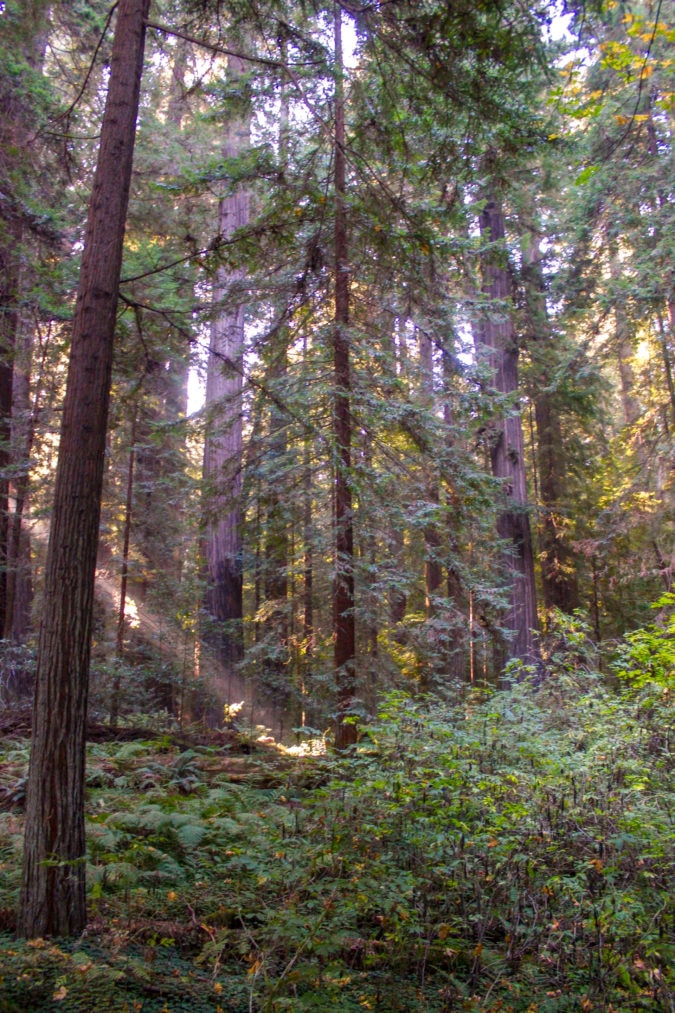
Save the Redwoods
By 1918, the number of redwood trees had dwindled so dramatically that concerned locals established the Save the Redwoods League. In 1920, The New York Times reiterated the urgency of the matter stating that “unless money is provided by the State of California, by the Federal Government, by private subscription or by all three together, the famous redwood groves are doomed. Once gone, they cannot be replaced.”
Every now and then, I spot a redwood with a large crack stemming from the bottom of its trunk. This void looks as though it has been artificially designed to curate the perfect photo op, but it’s a hollow usually created by fire or age. Also known locally as goosepens, because early settlers housed their geese in these voids, today, they are home to a variety of creatures—from bears to bats to Don McLellan, the famous “Humboldt Hermit.”
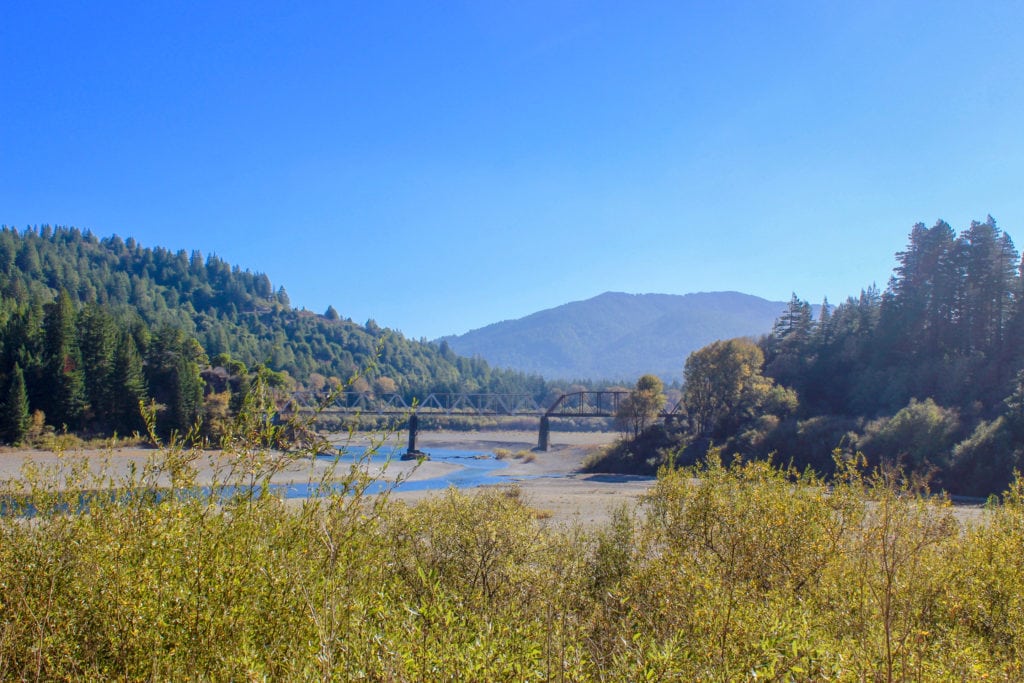
Returning to my car, I wind along the Avenue, stopping at designated sites along the way. To thank those who donated or who campaigned in favor of the redwoods, the park has established memorial groves. One of these is Mahan Grove. In 1924, faced with the prospect of losing more trees due to logging, Laura Perrott Mahan bravely stood between the logging equipment and the redwoods, refusing to move. Using the time bought by this action, her husband James, an attorney in nearby Eureka, lobbied the courts to halt the logging. They were successful: The Pacific Lumber Company suspended operations and agreed to continue paying taxes on the land until the Save the Redwoods League was able to purchase and preserve the grove six years later.
At every subsequent stop, I read how impact of the League lives on. To help rebuild what the park has lost over the last few decades, efforts have focused on actively replanting redwood seeds. Through donations, which are now often matched by public park funds, more than 50,000 new trees have been planted—and yet, only 4 percent of the original coastal redwood forest remains. Supporting conservationists, President Theodore Roosevelt once stated that he believed “most emphatically that we should not turn into shingles a tree which was old when the first Egyptian conqueror penetrated to the valley of Euphrates.”
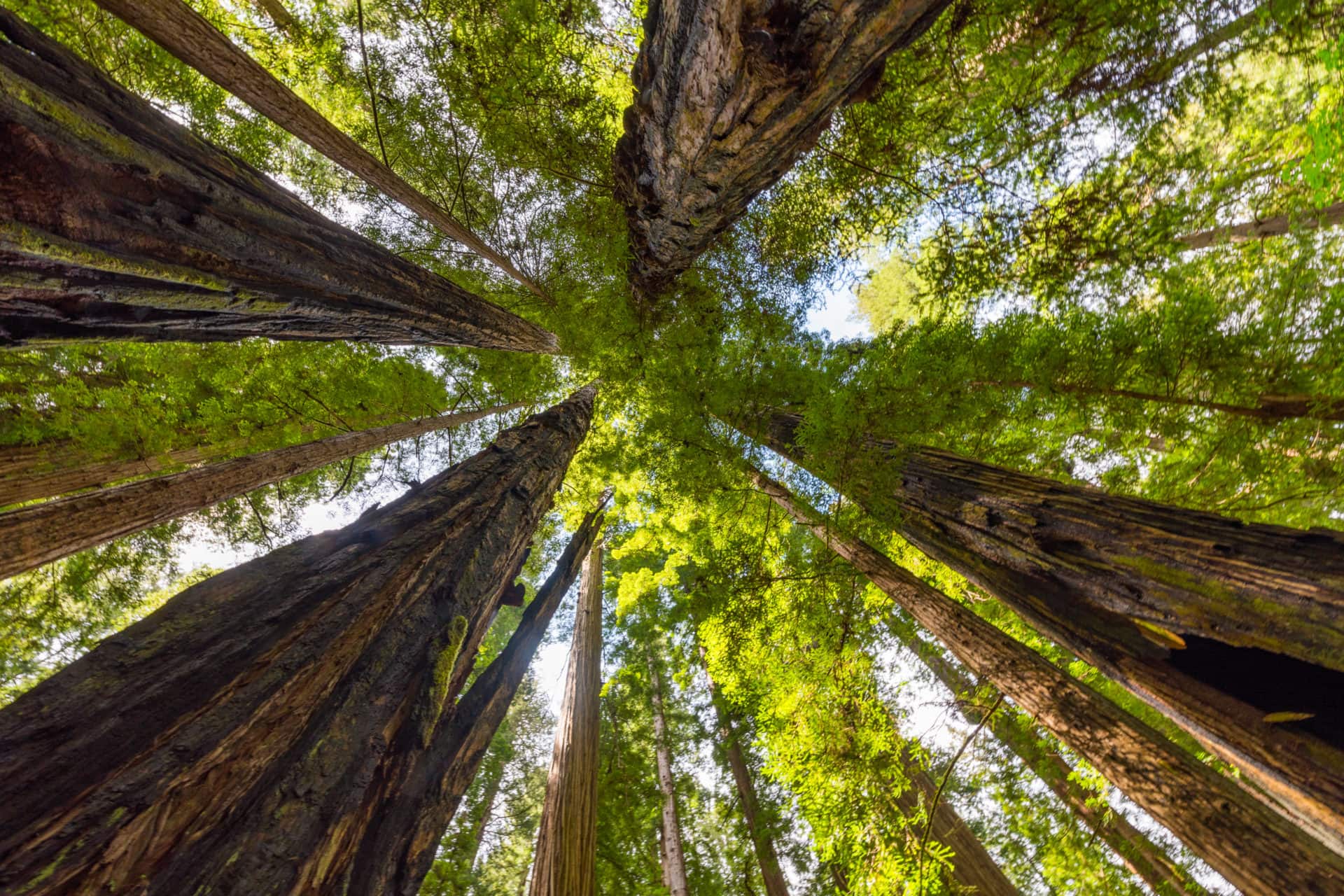
Ambassadors from another time
I ask Diane, a park volunteer, where I can find the park’s tallest tree. “Well, we actually no longer advertise it—it’s called the Stratosphere and it is buried in Rockefeller Forest,” she says. “The problem is, people love [the trees] to death, and we are tired of them being destroyed.”
According to Diane, people started picking branches off some of the park’s rare albino redwoods, bringing them to volunteers and asking, “What’s wrong with this tree?” The volunteers would answer, “You’re killing it.” The final straw came one year just before the holidays when someone poached the top of a tree to use as a Christmas decoration. “It broke the rangers’ hearts,” Diane says.
While the park is a good example of how activists and the government can work together to protect natural resources, corporations and irresponsible tourists still pose a threat. Around the world, forests are still actively being destroyed: To date, we have lost 20 percent of the Amazon rainforest and fires continue to ravage forests due to various man-made and environmental factors.
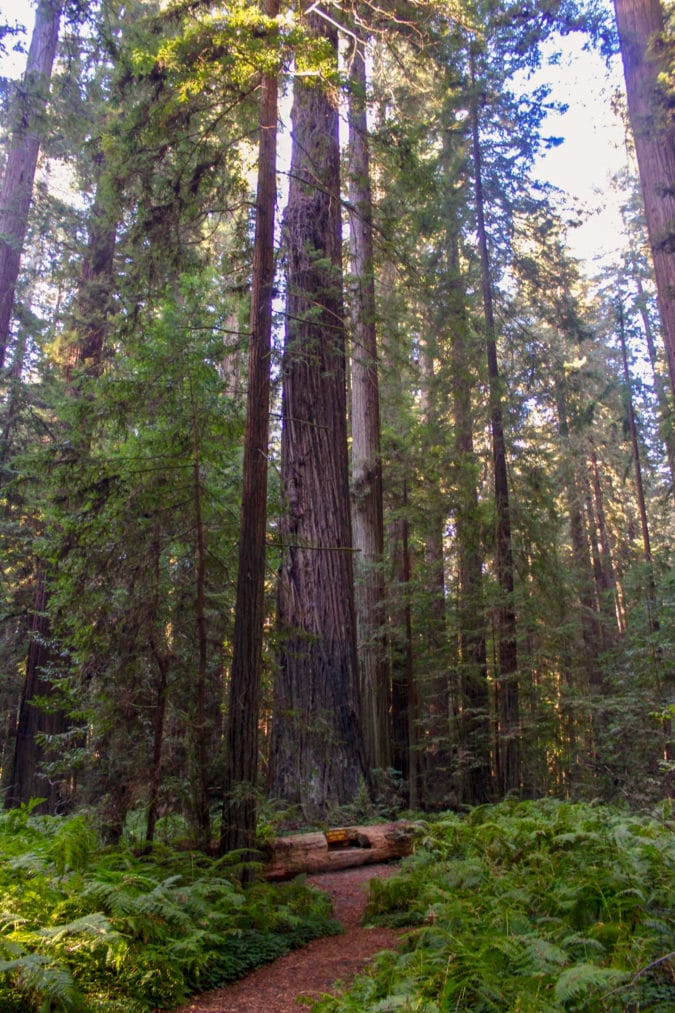
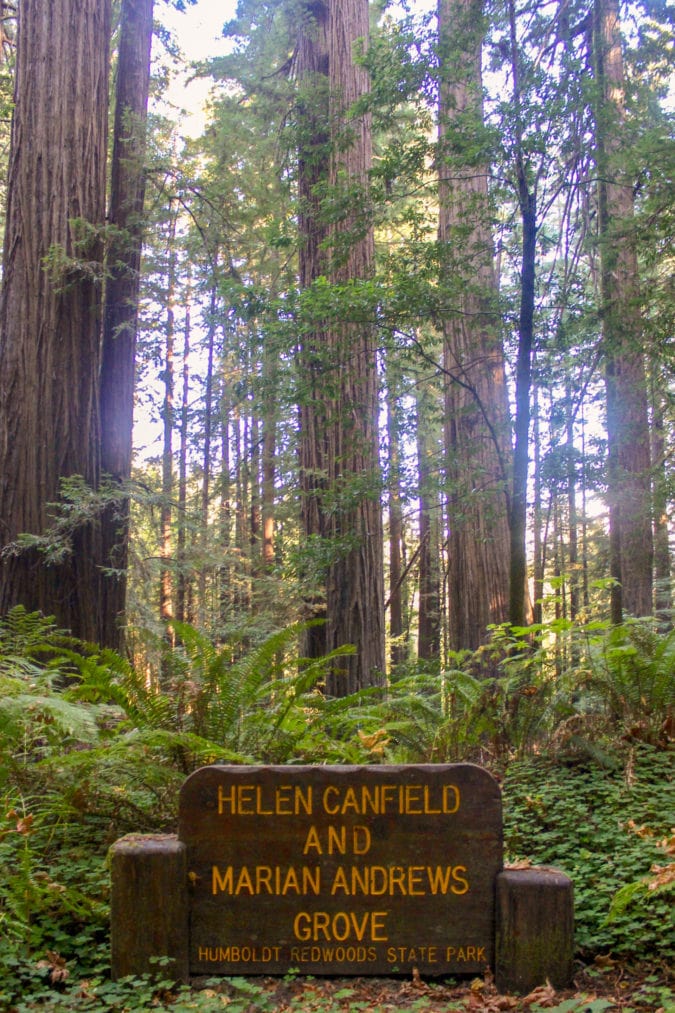
Leaving the state park, I see the redwoods fade away in my rearview mirror and I’m reminded of a quote by John Steinbeck: “No one has ever successfully painted or photographed a redwood tree. The feeling they produce is not transferable. From them comes silence and awe. It’s not only their unbelievable stature, nor the color which seems to shift and vary under your eyes, no, they are not like any trees we know, they are ambassadors from another time.”
If you go
The Avenue of the Giants follows California Route 254 as it parallels U.S. Highway 101. It winds from U.S. 101 exit 645 to exit 674, and may be driven in either direction.

